How to Kill Rats in a Chicken Coop
- March 22, 2024
- 0 comment
When it comes to dealing with rats in a chicken coop, it’s essential to adopt a method that not only eradicates the pests but also ensures the safety and well-being of your feathered friends. Our six-step method focuses on a humane approach that minimizes harm to both chickens and rats.
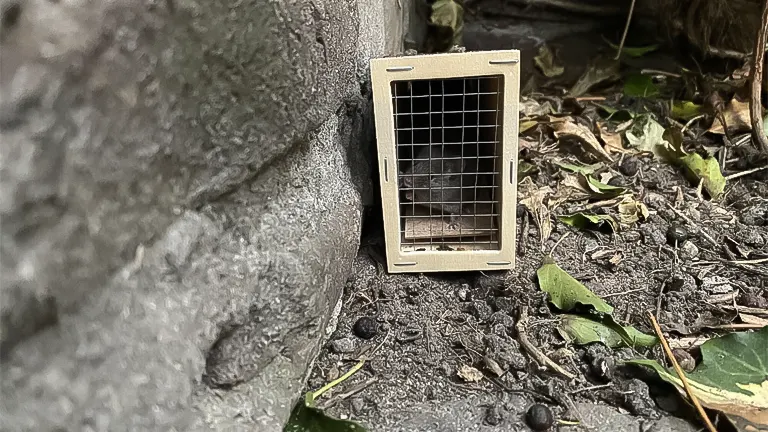
By strategically placing plastic reusable rat traps baited with peanut butter, covering them to prevent accidental triggering by chickens, and regularly monitoring and resetting the traps as needed, you can effectively control rat populations without resorting to harmful chemicals or poisons.
This method not only addresses the immediate rat infestation but also establishes sustainable practices for long-term pest management, creating a healthier and safer environment for your chickens.
List of How to Kill Rats in Chicken Coop:
- Assessing the Situation
- Gathering Supplies
- Setting Up the Traps
- Ensuring Safety Measures
- Monitoring and Repeat
- Maintenance and Prevention
Dealing with rats in your chicken coop?
Here’s what you should do. Your backyard chickens and their coops can be inviting spaces for rodents and other pests. However, having a flock of chickens doesn’t automatically mean you’ll face a rat infestation. By implementing some straightforward practices, which will soon become routine, you can effectively deter rodents from infiltrating your backyard chicken coop.
Why you should keep rodents out of the coop:
- Rats and pests carry diseases.
- Rodents pose a threat to chicks.
- Pests create a stressful environment for your chickens.
- Rat feces and urine can contaminate your chickens’ food and water with harmful bacteria.
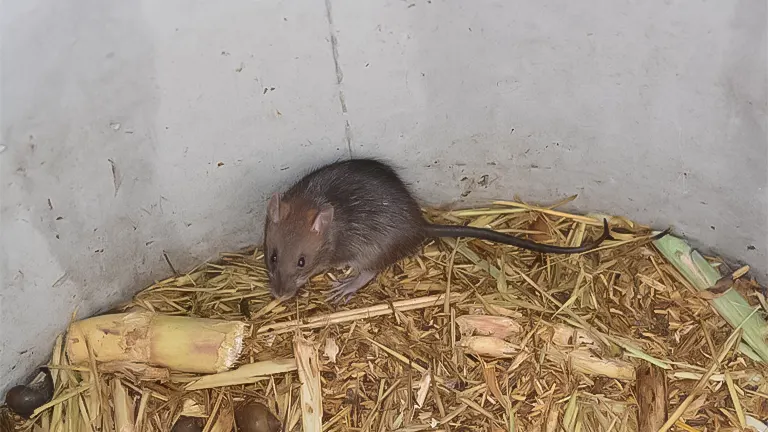
It’s crucial for the health of your chickens to ensure that rodents stay out of their coop. The diseases they carry can also pose risks to individuals with weakened immune systems, such as pregnant women, the elderly, young children, or those undergoing chemotherapy.
Rodents leave droppings and urine everywhere, contaminating feed, water, bedding, and grass. Apart from illnesses, they can also harbor lice and parasites, which are unwelcome in any coop. Even rat fleas can transmit diseases.
Stay vigilant for signs of rats to prevent a major infestation.
Step 1: Assessing the Situation
Before diving into rat control measures, it’s crucial to assess the extent of the rat infestation in your chicken coop. Look for telltale signs such as scattered droppings, gnawed feed bags, or evidence of nests in hidden corners.
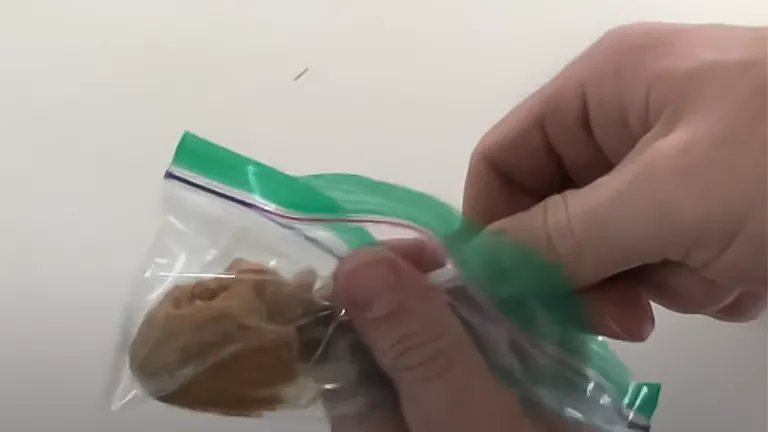
Understanding the scale of the problem allows you to gauge the severity and determine the appropriate course of action. For instance, a minor infestation may only require localized trapping, while a more significant issue might call for broader pest management strategies.
Step 2: Gathering Supplies
The success of any pest control endeavor hinges on having the right tools at your disposal. For our method, you’ll need two essential items: plastic reusable rat traps and a jar of peanut butter.
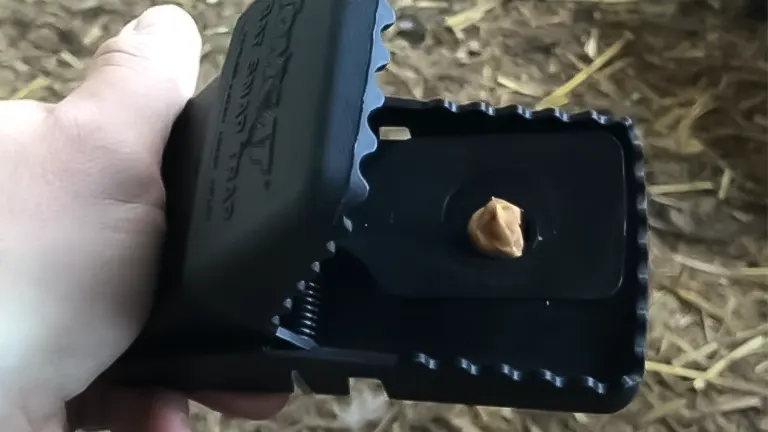
These supplies are not only easily accessible but also budget-friendly, making them ideal for homeowners and farmers alike.
The plastic traps are durable and can be reused, reducing waste and overall costs. Peanut butter serves as an effective bait due to its strong scent, which attracts rats more effectively than traditional cheese baits.
Step 3: Setting Up the Traps
Proper placement and baiting of traps are crucial for trapping rats effectively while minimizing risks to other animals, such as chickens. Strategically place the plastic traps in areas where rat activity is high, such as near feed storage or along walls where rats travel.
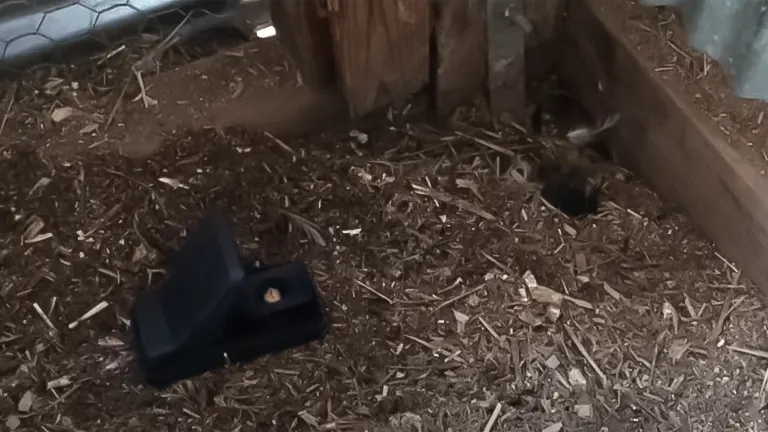
Avoid placing traps in areas frequented by chickens to prevent accidental triggering. Fill the trap reservoirs with a small amount of peanut butter, ensuring that it’s securely positioned to entice rats without allowing easy access for chickens.
Step 4: Ensuring Safety Measures
Safety should always be a priority when dealing with pest control in a chicken coop. To prevent any harm to your chickens, cover the traps with a sturdy box or similar object that allows rats to enter while keeping chickens out.
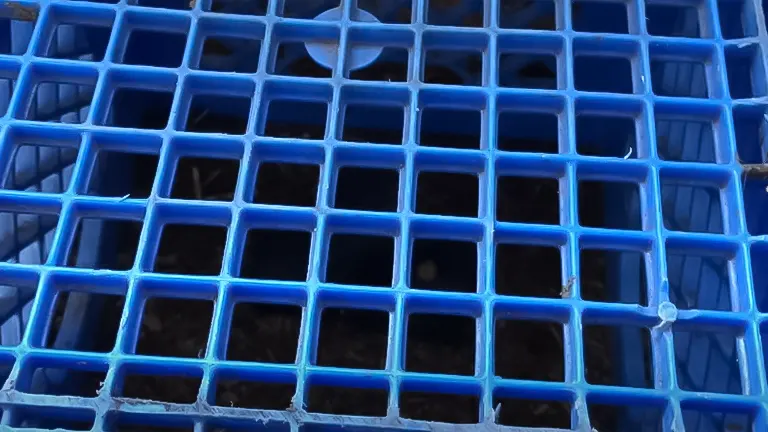
This cover also serves to protect curious or rowdy chickens from triggering the traps accidentally. Secure the cover in place to prevent it from being knocked over by aggressive or playful poultry, ensuring that the trapping area remains undisturbed and effective.
Step 5: Monitoring and Repeat
Effective pest management requires ongoing monitoring and intervention. Regularly check the traps to assess their effectiveness and dispose of any trapped rats promptly and humanely.
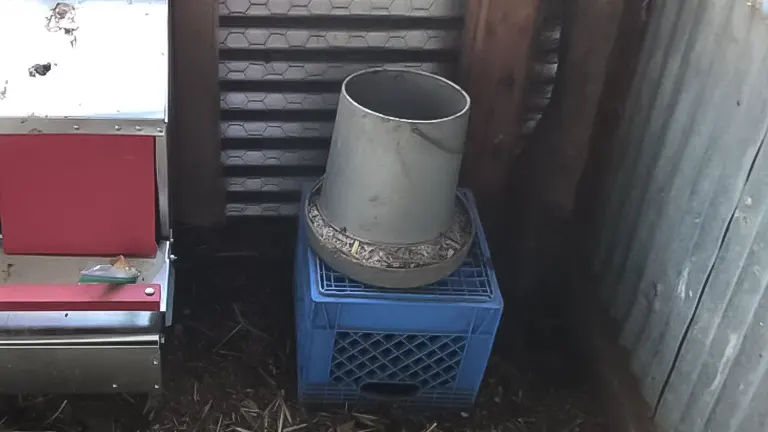
Reset the traps as needed to maintain consistent control over rat populations. This process may need to be repeated multiple times until rat activity diminishes significantly, indicating successful control and mitigation of the infestation.
Step 6: Maintenance and Prevention
Once you’ve successfully eradicated rats from your chicken coop, it’s essential to implement maintenance and prevention measures to avoid future infestations. Maintain cleanliness by regularly removing litter, debris, and old bedding.

Store feed and other attractants in secure containers to prevent easy access for rats. Conduct routine inspections of the coop to detect any signs of new rat activity early on, allowing for swift intervention and prevention of reinfestation.
How to know you have rats in and around the chicken coop
Here’s what you can do about it. Your backyard chickens and their coops might seem like a paradise for rodents and pests. However, just because you have a flock of chickens doesn’t automatically mean you’ll encounter a rat infestation. By following some simple practices consistently, you can effectively discourage rodents from invading your backyard chicken coop.
Reasons to keep rodents away from the coop:
- Rats and pests can spread diseases.
- Rodents pose a danger to young chicks.
- Pests create a stressful environment for your chickens.
- Rat droppings and urine can contaminate your chickens’ food and water with harmful bacteria.
Ensuring that rodents are kept out of your coop is vital for your chickens’ well-being. The diseases they carry can also be a threat to individuals with weakened immune systems, such as pregnant women, seniors, young children, or those undergoing chemotherapy.
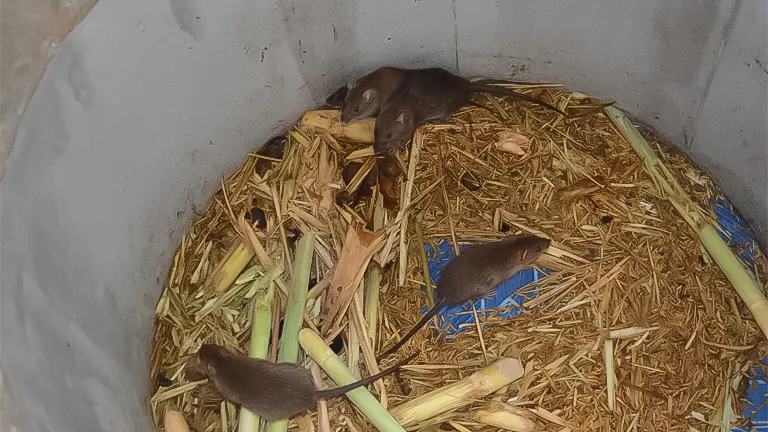
Rodents leave waste and urine everywhere, contaminating everything from feed and water to bedding and grass. Besides the health risks, they can also carry lice and parasites, which are unwelcome in any coop. Even fleas from rats can transmit diseases.
Remain vigilant for signs of rat activity to prevent a significant infestation.
Reflections and Results
This method, though simple, has been a game-changer. It allowed us to manage the rat population effectively without compromising the safety of our chickens or other wildlife. The peace of mind that comes from knowing our approach is both humane and effective is immeasurable. Pest management is now a routine part of our coop maintenance, and while it’s an ongoing battle, it’s one we feel equipped to handle.
Sharing the Knowledge
If you’re facing a similar challenge, I hope this method offers a beacon of hope. It’s a testament to the power of simplicity and the importance of approaching pest management with care and responsibility. Feel free to share this with anyone who might be struggling with pest issues in their chicken coop. Remember, the goal is not just to win the battle against rats but to do so in a way that respects the well-being of all animals involved.
Additional Tips
- Seal Entry Points: Conduct regular inspections of your coop and surrounding structures to identify and seal any cracks, holes, or gaps where rats might enter. Utilizing hardware cloth or metal sheeting can be particularly effective.
- Elevate Feeders and Waterers: Keep feeders and waterers off the ground to reduce access by rats. Consider suspending them if possible or use rat-proof designs that only allow chicken access.
- Practice Good Coop Hygiene: Regularly clean the coop, removing spilled feed, and ensuring that bedding is fresh and dry. This reduces the attractants for rats and improves the overall health environment for your chickens.
- Employ Natural Predators: Encourage the presence of natural rat predators by installing owl or hawk boxes near your property. Even a family cat or dog can act as a deterrent to rats, provided they’re safe to be around your chickens.
- Rotate Bait and Trap Locations: Rats are neophobic, meaning they are wary of new objects in their environment. By rotating your traps and bait types, you can overcome this wariness and improve your chances of catching them.
Related Articles:
- Best Bedding For Chickens
- Best Safe Chicken Coop Heater
- 8×8 Chicken Coop Plans
- Turning a Shed Into a Chicken Coop
- How to Make a Chicken Coop Out of Pallets
- Best Sand for Chicken Coop
- How To Insulate a Chicken Coop
- How To Heat a Chicken Coop
- How To Keep Water from Freezing in Chicken Coop
- How to Build a Chicken Coop
- How To Build Chicken Nesting Boxes
- How to Raise Happy and Healthy Chickens in Your Backyard
- When Can Chicks Go Outside? Timing and Tips for a Smooth Transition
- 12 Reasons why Ducks are Better than Chickens
- Best Automatic Chicken Coop Doors 2024: Expert Reviews & Buyer’s Guide
- Best Fans for Chicken Coop 2024: Effective Cooling Solutions Reviewed
Final Concluding Thoughts
In conclusion, managing rat populations in your chicken coop requires a combination of proactive measures, vigilance, and an understanding of both the behavior of rats and the ecosystem of your coop. The strategies we’ve discussed, from employing humane traps baited with enticing peanut butter to maintaining strict coop hygiene and encouraging natural predators, all contribute to a comprehensive approach that prioritizes the health and safety of your chickens without resorting to harmful poisons.
Remember, consistency in your efforts and adaptations to your approach based on observations and outcomes are key to success. By applying these methods and remaining committed to the well-being of your backyard ecosystem, you can effectively control rat populations, ensuring a safe and thriving environment for your poultry.
Frequently Asked Questions
- Is it safe to use rat poison in a chicken coop?
It is generally not recommended to use rat poison in or around chicken coops due to the risk of secondary poisoning to chickens and other non-target animals. Alternative methods, such as traps and natural predators, are safer and more environmentally friendly. - How can I tell if I have a rat problem in my chicken coop?
Signs of a rat problem include droppings, gnaw marks on feeders or the coop itself, rat tracks, and missing eggs or feed. You might also hear noises at night when rats are most active. - What’s the best bait to use in rat traps?
Peanut butter is highly effective as it’s enticing to rats and its sticky nature ensures they can’t take the bait without triggering the trap. Other options include grains, seeds, or fruits. - How often should I check the traps?
Traps should be checked daily to remove any captured rats and to reset or rebait the traps as necessary. This prevents distress to any captured animal and maintains trap effectiveness. - Can rats harm my chickens?
Yes, rats can be a threat to chickens by stealing eggs, contaminating feed with their droppings, and in some cases, attacking young, sick, or smaller birds. - How can I prevent rats from entering the chicken coop?
Seal any gaps or holes in the coop structure with hardware cloth or metal sheeting. Keep the area clean and free of food scraps, and elevate feeders and waterers if possible. - What are some natural predators of rats I can encourage around the coop?
Owls, hawks, and even cats or dogs can act as natural deterrents to rats. Installing owl boxes can encourage these predators to patrol the area. - Can I use electronic ultrasonic repellents to deter rats?
While electronic repellents can be used, their effectiveness is debated. They may provide a temporary solution but should not be relied upon as the sole method of rat control. - How do I dispose of a dead rat found in a trap?
Wear gloves and place the rat in a plastic bag before disposing of it in the trash. Ensure you clean the trap with a disinfectant before rebaiting and resetting it. - Can chicken feed attract rats, and how can I minimize this?
Yes, chicken feed can attract rats. To minimize this, store feed in secure, rodent-proof containers and clean up any spilled feed immediately. Consider using treadle feeders that only open when a chicken steps on them, reducing access to rats.
For more expert advice on maintaining a healthy and rat-free chicken coop, delve into our comprehensive guides, discover top strategies in our best practices section, and explore in-depth product reviews in our review section. Uncover effective solutions and ensure the well-being of your feathered friends with confidence.

Edward Smith
Forestry AuthorWoodworking is about more than crafting; it's a harmonious connection with nature, mastering tools, and preserving our environment. I'm here to share my knowledge and experiences with you, forging a future where we can embrace wood's beauty and utility while safeguarding our forests' health and diversity.













Leave your comment